Cameroon’s Rising Sea Drowns Tourism
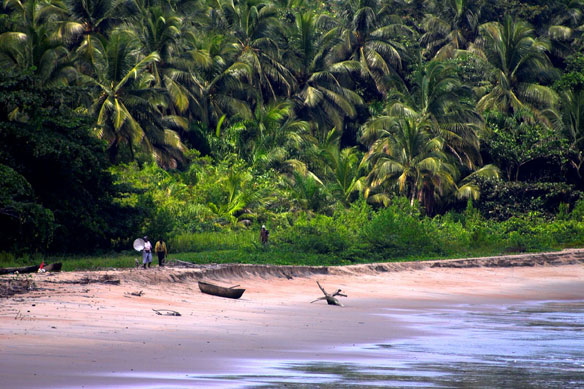
Located in the gulf of Guinea, Kribi has an estimated population of about 50,000 whose livelihoods depend on farming, fishing and tourism. However, rising sea levels and increased tides have eroded most of the once-sandy beach along Kribi. Now beaches are reduced to narrow muddy paths, the coastline has eroded from 50 to 100 metres since 1990.
The Great Barrier Reef’s Days May Be Numbered

Researchers appeared before an Australian Senate committee to review how federal and local governments have managed the reef, and found that the Reef is in the worse state it’s ever been in since records began. Researchers attributed the significant decline to coastal development as well as dredging and dumping sediment along the Queensland coast.
Science Brings Clarity To Shifting Shores
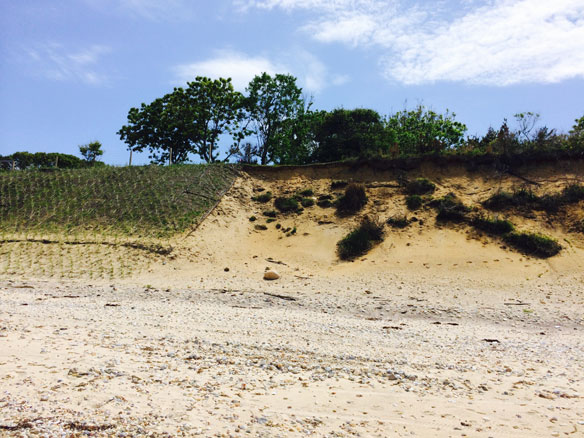
Each and every day, waves move sand back and forth, onto and away from beaches. The thin ribbon of sandy barrier islands and beaches along America’s coastline shifts constantly, especially during hurricanes, nor’easters, and other extreme storms.
U.S Gulf and Atlantic Coasts Not Prepared for Sea-Level Rise
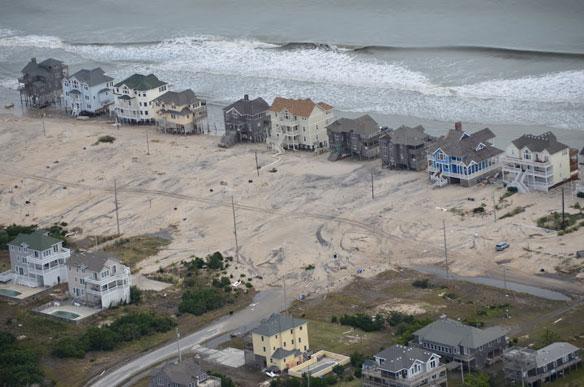
The Atlantic and Gulf Coasts are not ready for the increased flooding and stronger storms that are expected from climate change, scientists say in The National Research Council report, released today.
Endless Erosion Battle a Matter of Money
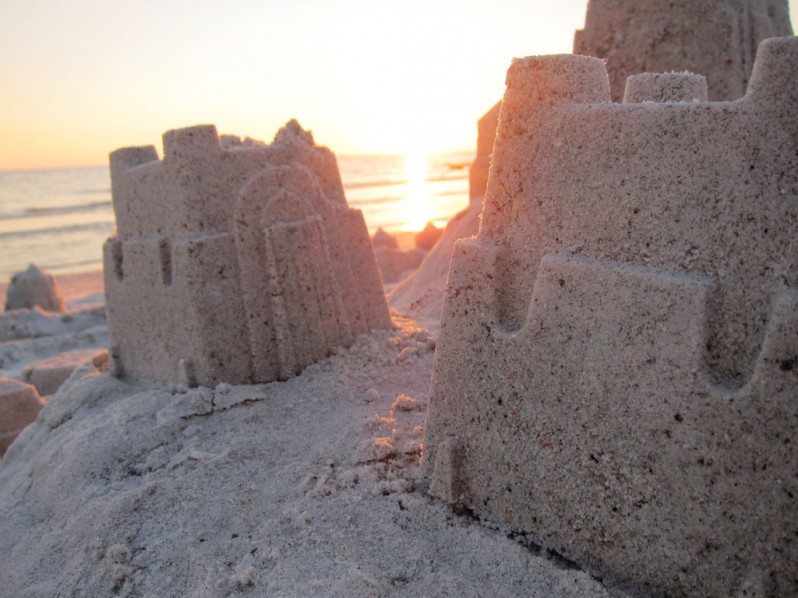
Since the first federal beach renourishment project in 1969, 3 million cubic yards of sand have been pumped back onto the beach, and about $25 million in today’s dollars have been spent on Treasure Island, Florida, alone to fight a natural process that’s been happening for ages on barrier islands, researchers say.
The Great American Oyster Collapse
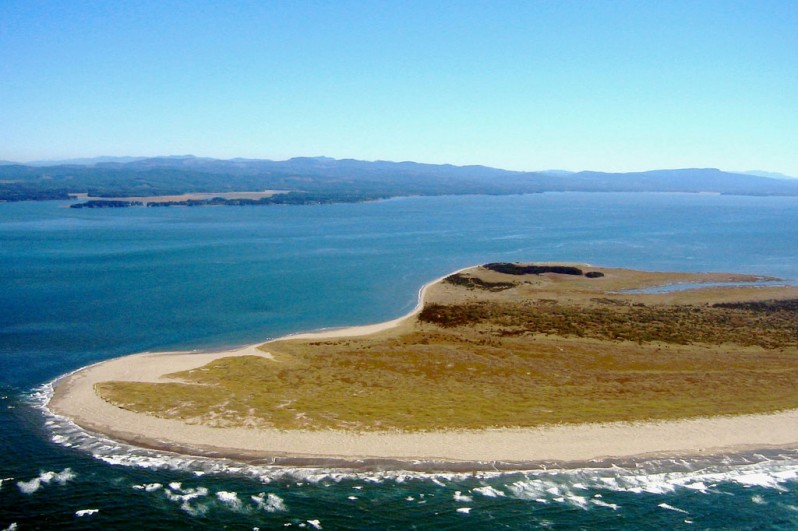
Scientists have linked climate change and pollution of the world’s oceans to problems with oysters and corals, and there are still questions about how other species of ocean life will be affected.
Plastic ‘Trash Islands’ Forming In Ocean Garbage Patch; Moore Live Webcast July 20th

15 years after discovering what became known as ” the great Pacific garbage patch”, Capt. Charles Moore has returned to the garbage patch, and will report the staggering findings via a live satellite webcast on July 20th. He discovered a “trash island” more than 50 feet (15 meters) long, with “beaches,” a “rocky coastline,” and “underwater mountains” and reefs made up of ropes, buoys and other plastic debris…
Sustainable Tourism Thrives in Philippines’ Largest Marine Sanctuary

In the last 10 years the number of tourists flocking to El Nido has more than tripled. In 2013 the famed marine sanctuary welcomed over 60,000 tourists to its white sand beaches, lush mangrove and ever-green forests, and magnificently sculpted jade islands. While tourism is a mainstay of the local economy, it is also an industry that is especially sensitive to reef conditions.
Microplastics Worse For Crabs And Other Marine Life Than Previously Thought
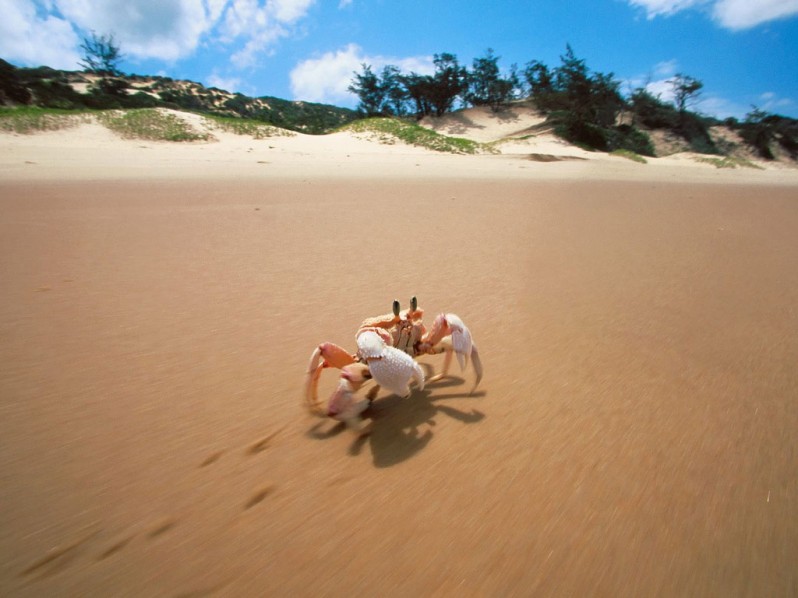
The tiny plastic particles polluting our seas are not only orally ingested by marine creatures, but also enter their systems through their gills, according to a new study.
